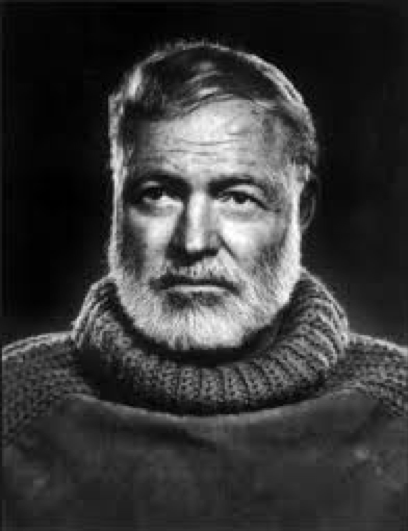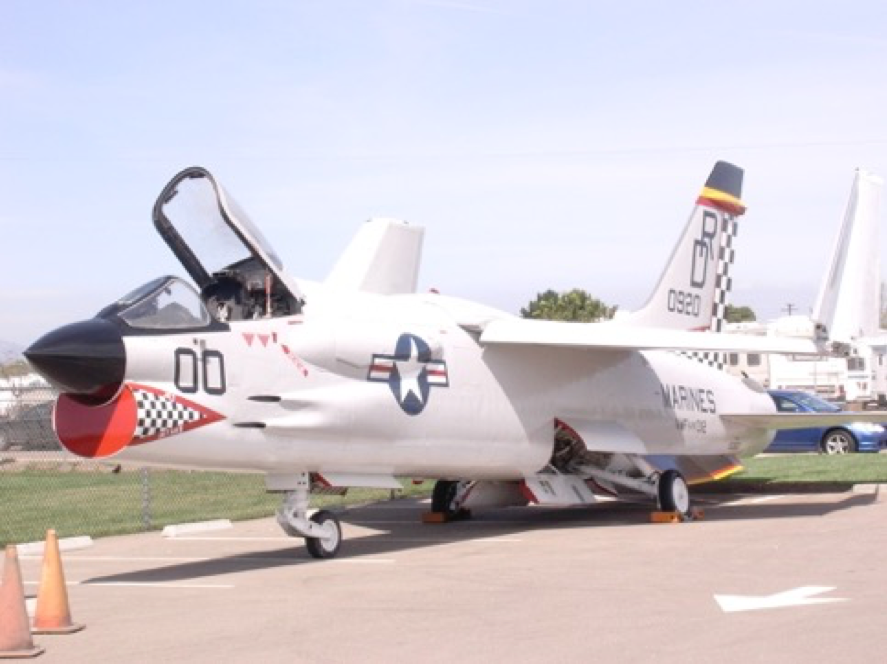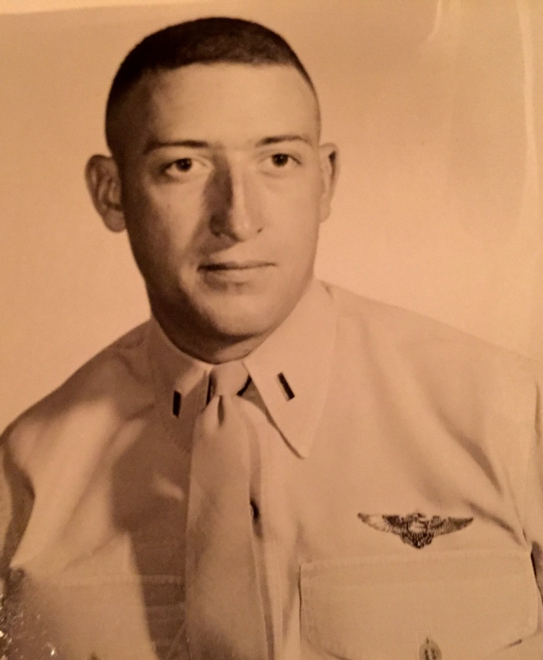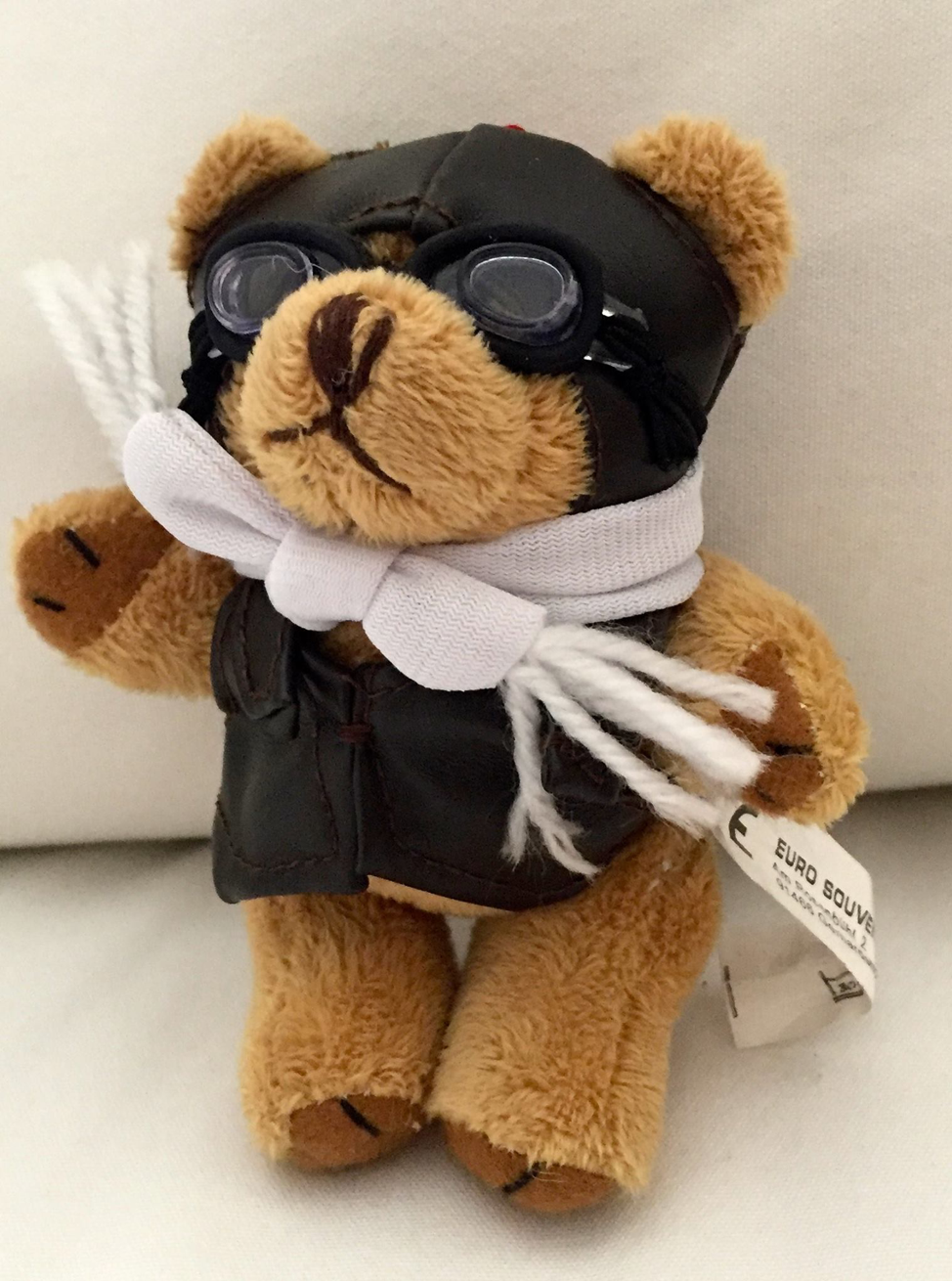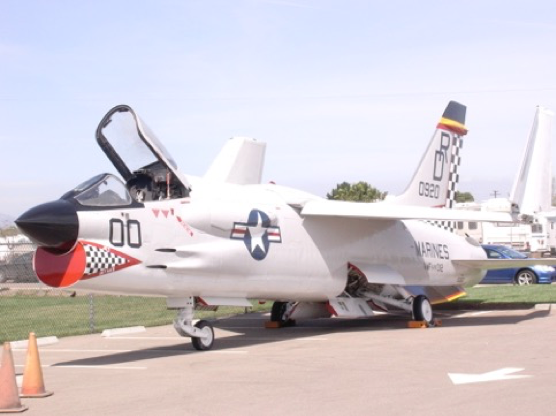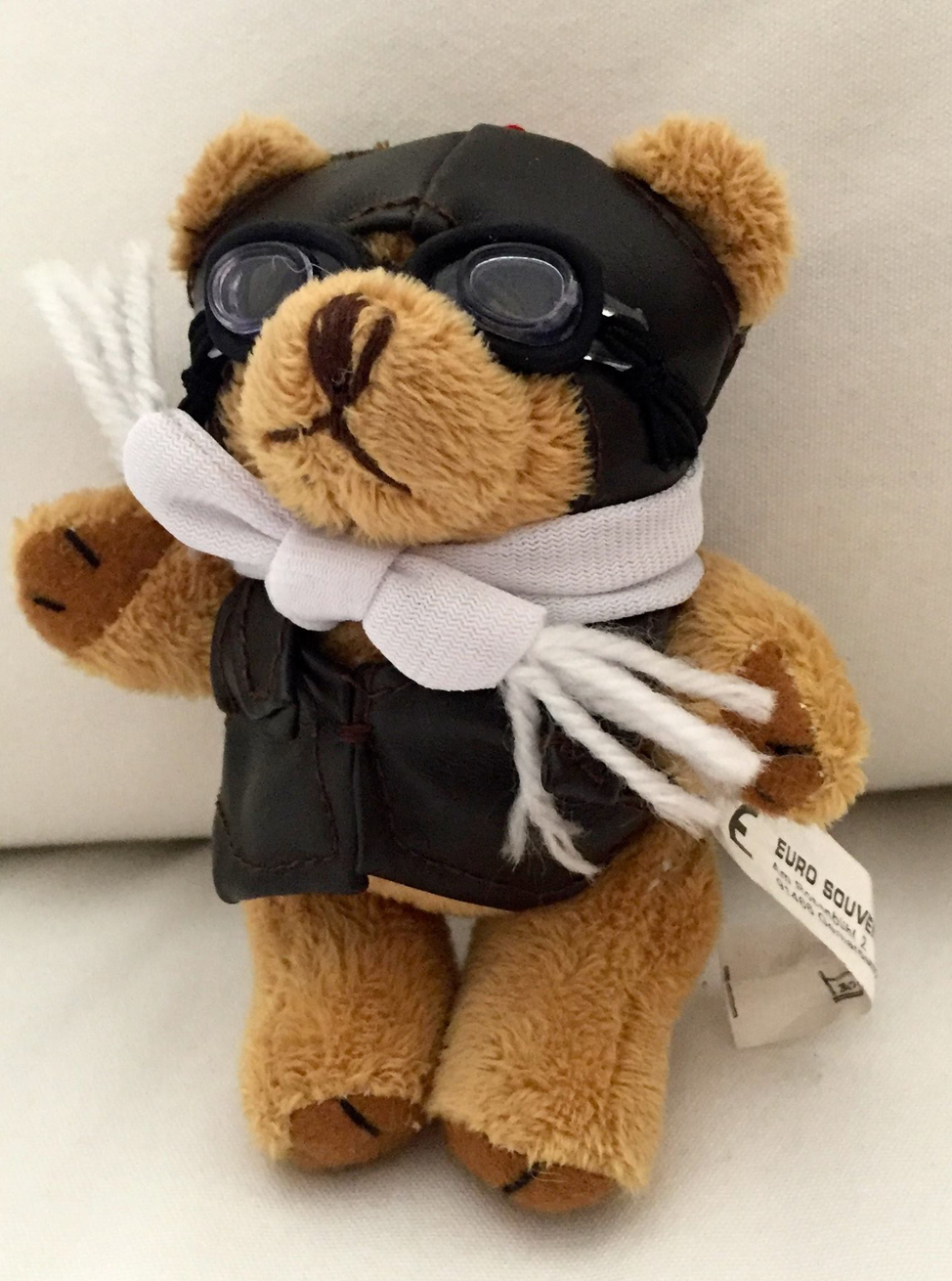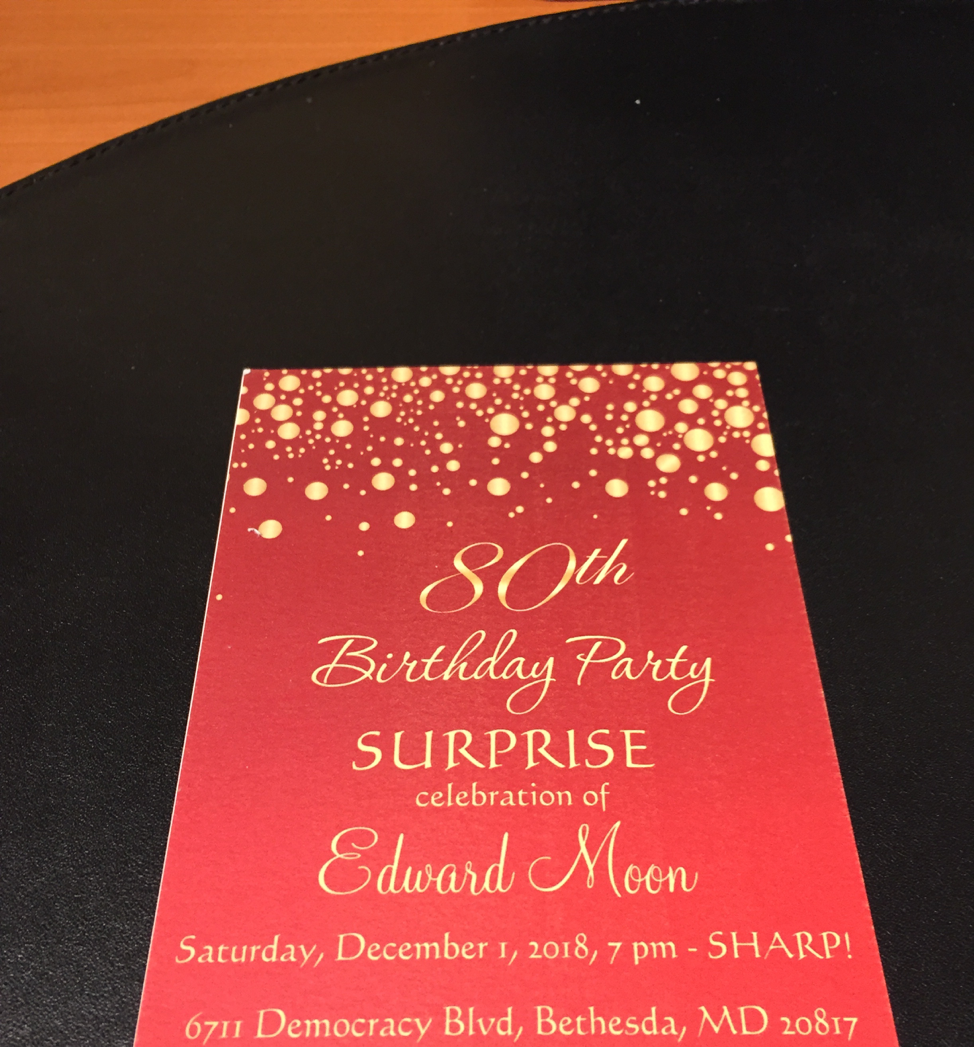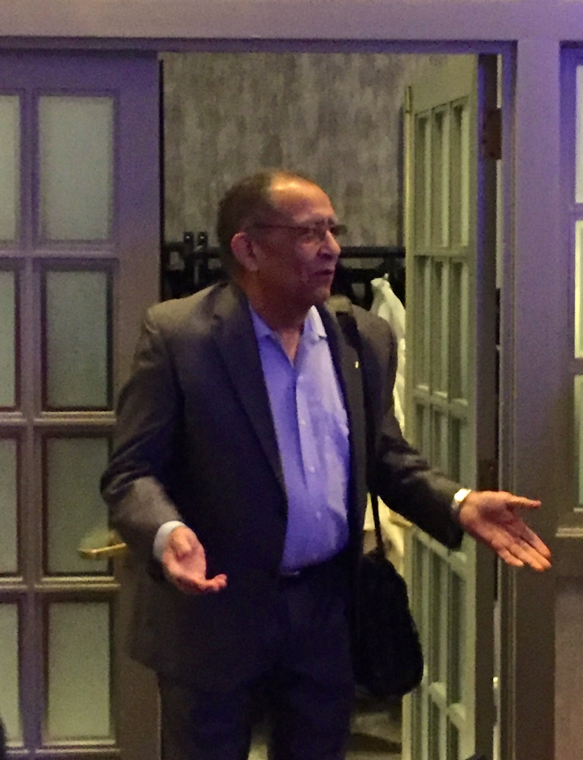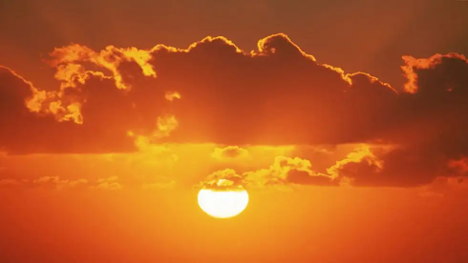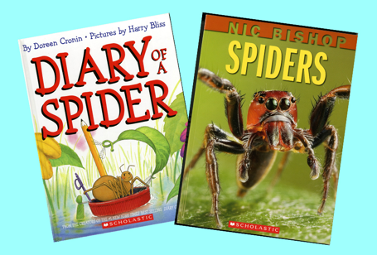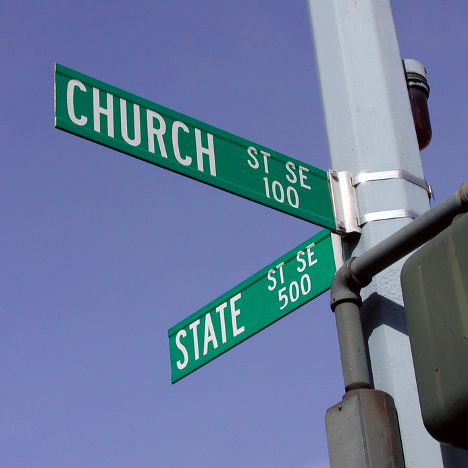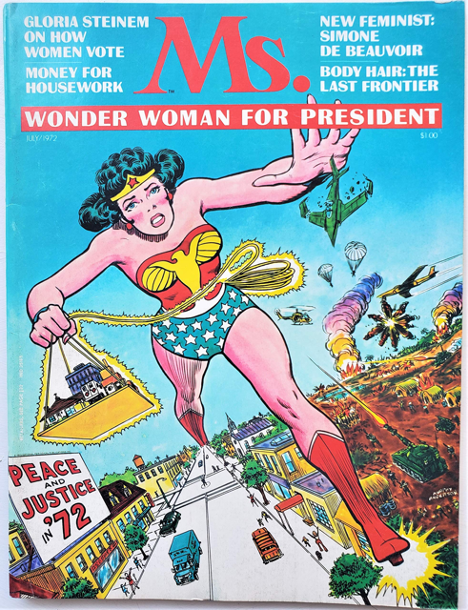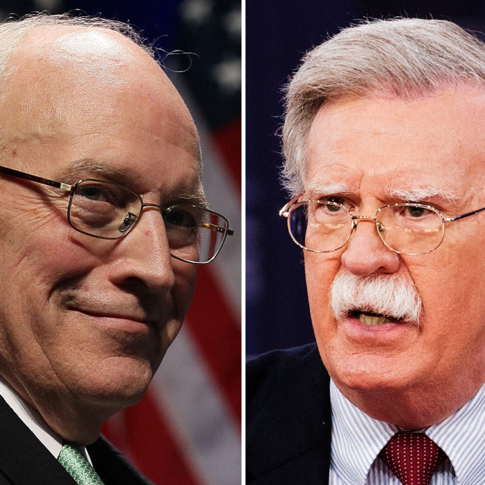
What is it that makes men who never served in the military so eager to go to war? This week it’s Donald “Bone Spurs” Trump and John “Shoot First, Aim Later” Bolton rushing the aircraft carrier, Abraham Lincoln, to the Persian Gulf, while sending the imperious, condescending, Mike “Fat Man” Pompeo, off to Brussels and points east where he was rebuffed by the EU, and warmly received by Vladimir Putin. All these moves designed to prepare the world for our military intervention “just in case” Iran “does something to undermine our interests.” It looks eerily like Wag the Dog. Start a war to deflect attention from the political chaos at home.







